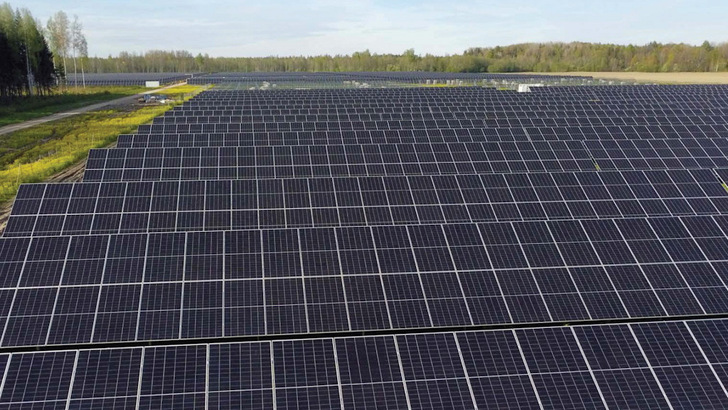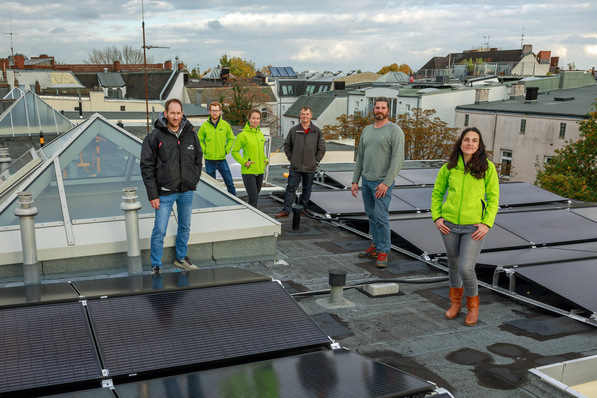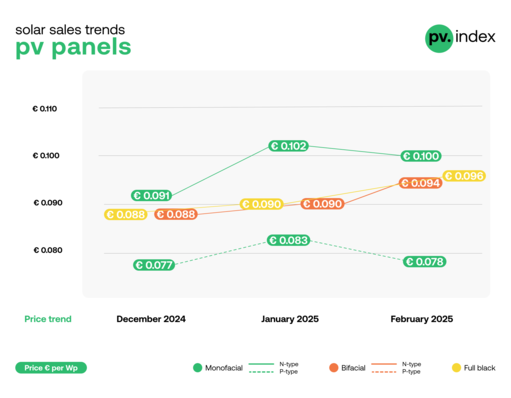The Raba solar park, located in Estonia, has now been operating at full capacity since its commissioning in 2024. With an installed photovoltaic output of 45 MW, it ranks among the country’s largest solar installations. Developed by Sunly and Metsagrupp and built by Smartecon, the project is equipped with Vertex Dual-Glass-Bifacial modules from TrinaSolar and is expected to generate between 40,000 and 44,000 MWh of clean electricity per year. A 32 MWh battery system, under construction since 2024, is set for completion by early 2026 to improve grid flexibility and balance variable output.
Konstantyn Lytvak: “Poland may outpace PV regulation by 2028”
Grid stability and financial backing
Backed by a €17.8 million loan from Swedbank, the Raba facility is part of a broader shift in Estonia’s energy infrastructure. The storage system will play a key role in stabilising output and enabling greater penetration of renewables into the grid. Estonia has identified utility-scale solar as a central element in its decarbonisation strategy, with the goal of covering all domestic electricity demand with renewable sources by 2030. In 2023, for the first time, over 50 percent of the country’s domestically generated electricity came from renewables, with solar contributing around 20 percent. When electricity imports are included, the share of renewables in total supply was around 30 percent.
Robert Janickas of Inion: “Blackouts are a lesson learned for flexibility”
Pipeline of large PV projects
The Raba project is one of several large-scale photovoltaic developments recently brought online or under construction. The Kirikmäe solar park, which has been inoperational since 2024, adds 77 MW to the national grid, while the Sopi solar park commissioned in 2025 contributes an additional 74 MW. The largest of these, the Risti solar park, is currently in development and will bring 244 MW of capacity when completed in 2027. These installations collectively expand Estonia’s generation base and increase the availability of renewable electricity throughout the region.
Matjaž Grošelj of K2 Slovenia: “We face strong competition”
Towards energy independence
The expansion of solar and storage capacity forms part of Estonia’s wider push for energy independence. Electricity imports from Russia ended as early as 2005, with oil and gas deliveries halted in 2023. Today, the national grid is fully integrated with those of neighbouring EU countries, including Finland and Latvia. Full disconnection from the Russian power system is planned by 2026. Together, these steps mark a decisive shift towards long-term energy security, with renewables playing a central role in reducing external dependence. (mg)









